Port discovers the immersive work of Cuban artist Yoan Capote in Tuscany
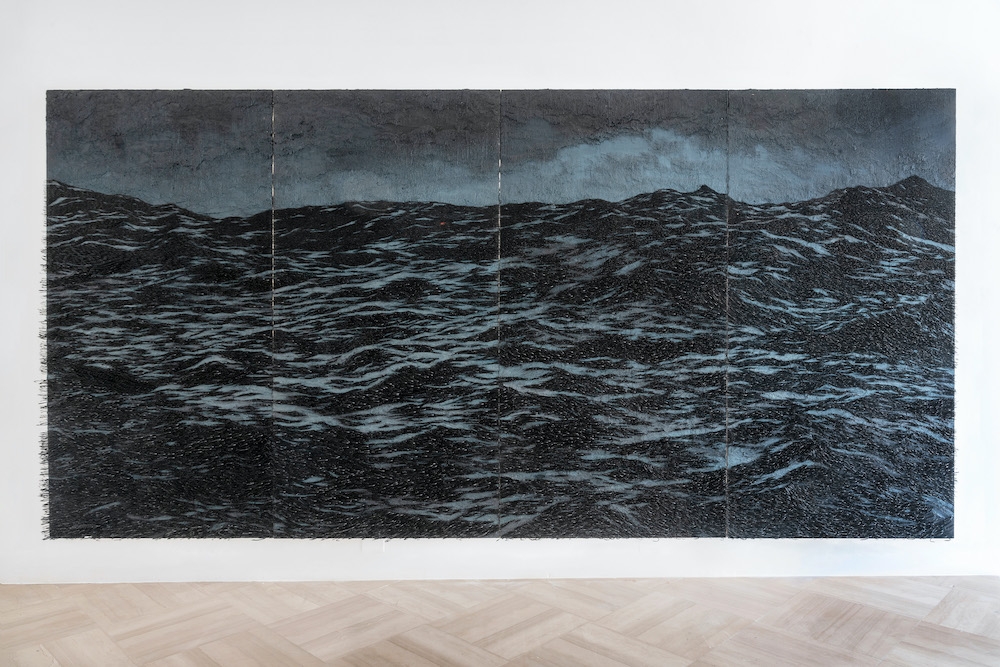
Cuba has a complicated relationship with the sea. Warmed by the Gulf Stream, the turquoise waters that surround the island nation – mythologised by Ernest Hemingway in his Pulitzer prize winning novel, the Old Man and the Sea – are rich in tuna, marlin and swordfish, and represent the livelihood of many Cubans. It was from the sea that the Communist revolutionary Fidel Castro launched his liberation of Cuba from the US-backed dictator, Fulgencio Batista – overthrowing an oppressive regime and, with the exception of the Soviet Union, cutting the country off from the world.
Today, sixty years after Castro’s revolution, Cuba remains, viscerally, an island; still isolated by American sanctions and travel restrictions imposed on the Cuban people, the sea a poignant symbol of the country’s distinct political and cultural history. It is these waters, glinting in the sun or lit by the moonlight, enigmatic – inviting and yet somehow ominous – and vast, that confronts the viewer at a new exhibition of the work of Cuban artist Yoan Capote. Exhibited at Galleria Continua in San Gimignano (fittingly itself a kind of island – a Tuscan hill-top town, ringed by medieval walls), the Isla series show a rolling sea formed from thousands of bent fishhooks. In the gallery, the paintings, varying from five-metre wide works, narrating a moment in the great drama of the sea, to more intimate perspectives, are aligned by the horizon; the effect is of complete immersion, to be stranded in the middle of the water.
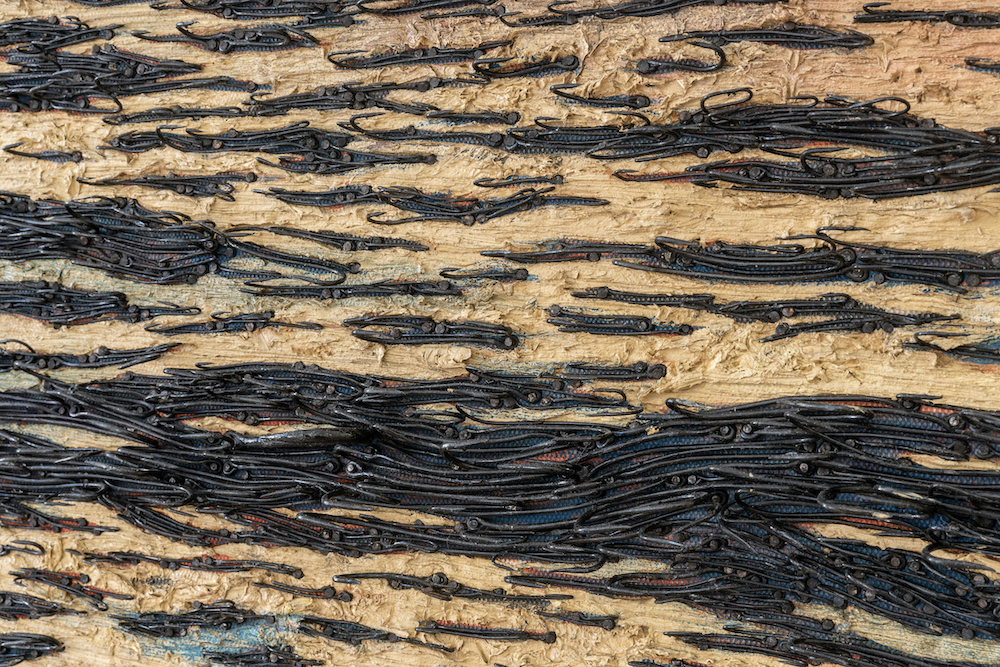
Capote, who is based in the Cuban capital of Havana, describes his work as being concerned, ultimately, with “psychology and by the way in which it permits us to reflect not only on internal individual conflicts but also on the social or collective environment.” It is an approach that, as with the other works exhibited in San Gimignano – a Cuban and US flag, constructed from found materials: concrete and steel rebar; a vast block supported by a golden femur; brass teeth made to grind against one another – demonstrates a contemplative approach to local themes that resonates universally.
Port spoke to the artist to find out more about his route into art, the role of the body in his work, and the status of Cuban art today.
Could you explain how you came to make art?
I always copied my older brother in painting and making clay figures when I was younger, and ended up following him to a specialised secondary art school. The education programs in Cuba during this time were really good and we received a very methodic training in painting, printmaking and sculpture. Our professors were very talented and several had studied in Russian art academies. After that I spent four years in Havana at the National School of Art, and then five years in the Higher Institute of Art.
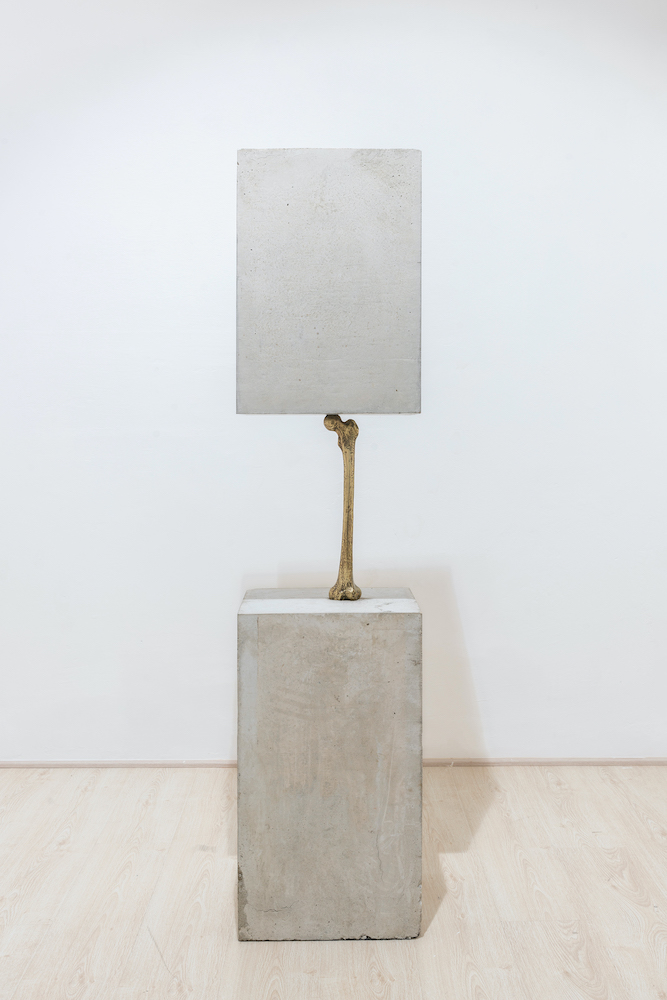
How did you and the Cuban contemporary art scene develop in a society that was isolated from the western world?
Firstly, it is important to mention that Cuba already had a strong and rich cultural scene before 1959; and after the revolution it didn’t disappear, it just changed or adapted. I can think of the Cuban ballet school, developed by the founders Fernando and Alicia Alonso, for example, or the experience of well-known writers like Jose Lezama Lima or Dulce Maria Loynaz, painters like Wifredo Lam who continued visiting the country, Amelia Pelaez.
Although our society has been isolated economically and politically, I never felt like this from a cultural perspective. Paradoxically, our art education system was very open to the western art world. I remember the libraries in the schools had recent art magazines and books, normally gifts and donations from international institutions. It was very important to me to spend a lot of time in those libraries reading. You can destroy certain borders in your mind, and knowledge and culture are the best tool for it, because they are universal issues. The Havana Biennale also did a great job connecting visual artists from all over the world since 1984. The visit of people like Peter Ludwig from Germany, Robert Rauschenberg, Carole and Alex Rosenberg from USA are some of the examples of the cultural exchanges that always have been occurred on the island.
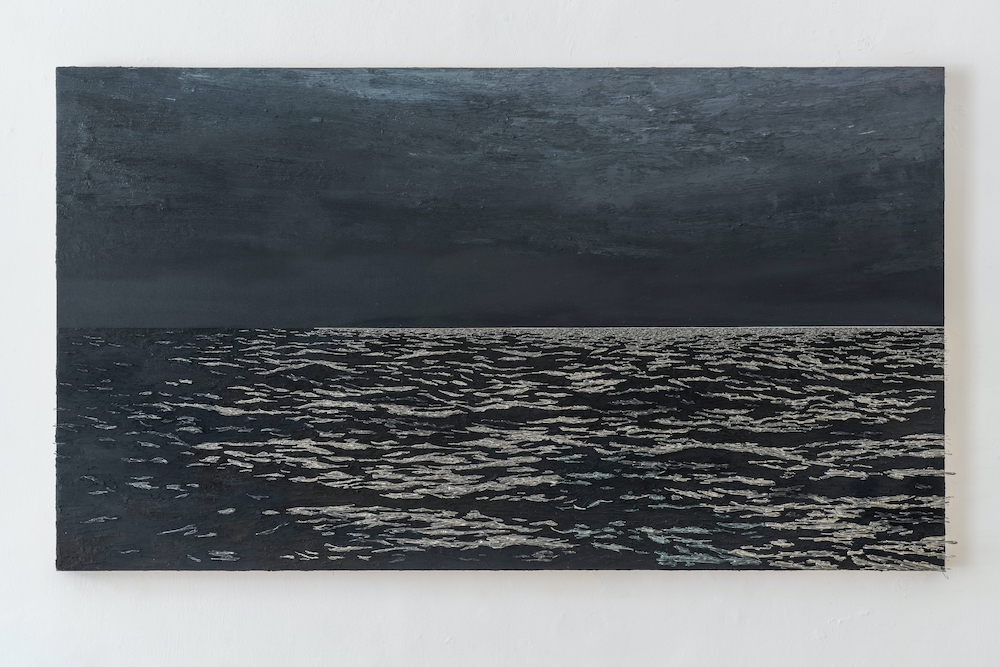
Could you explain the reasons behind the title for this exhibition, Sujeto Omitido (Omitted Subject)? What does this exhibition represent to you?
All my works are inspired by social or psychological experiences, even when the representation of the subject is not evident, as in the case of the seascapes. In these paintings I am reflecting on the migrant’s dramatic experience through an allegory of their absence. In other artworks the representation of the body makes more evident my interest in social or emotional conflicts: attending to the dissolution of the individual identity in areas or societies where the social or political situation omit the individual voice; calling attention on the dictatorship of collective experience and the way it controls, defines or determines our private life.
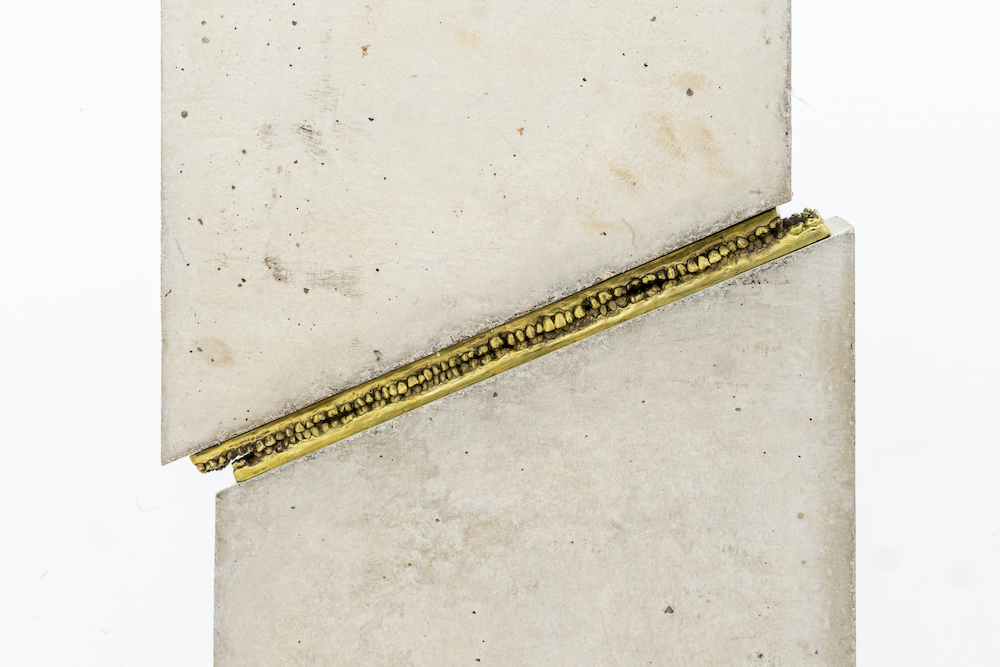
You use the human body in surprising and challenging ways – what draws you to the representation of the body in this way?
I’m interested in the body like a symbol of personal identity because our body defines us and express all the specific characteristics of ourselves. Nonetheless, what I do with my artworks is subvert this with symbolic intentions. For example, in a piece like Autorretrato (studio de resistencia) 2002 – 2019, I’m representing myself using the exact bronze replica of a femur from an unknown Cuban person from the past. This femur came from an archeological site in Cuba, so, it could be the bone from a black male slave, or a Spanish woman, or a native. What is more important is what the piece is evoking – especially when it expresses the weight of my own existence and resistance.
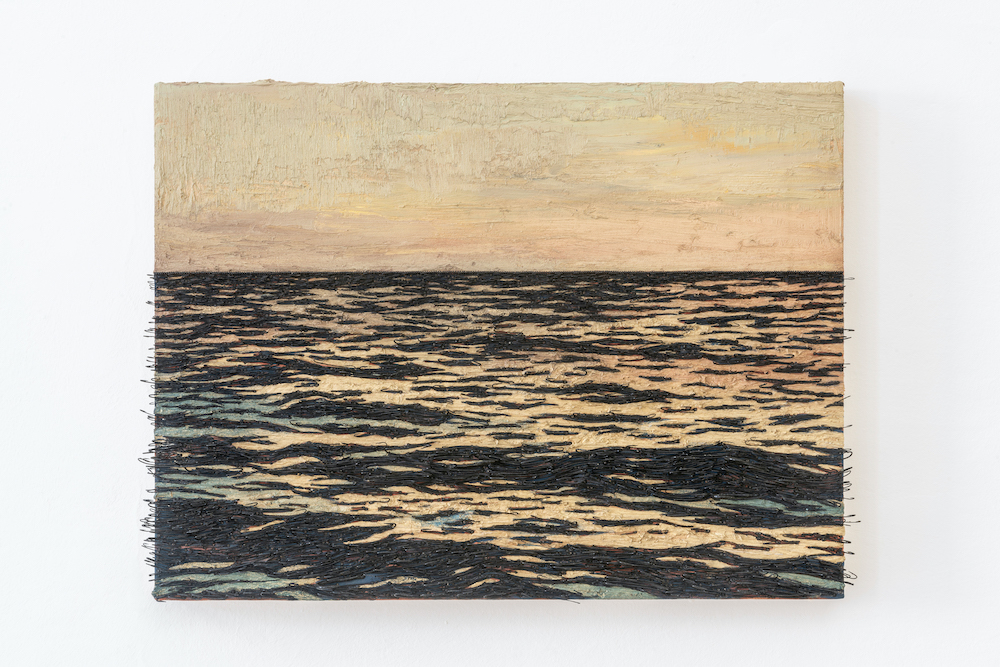
Your Isla works appear to deal particularly with the Cuban condition. How did these works develop?
It always was conceived like a series. When all the paintings surround the viewer with the water image, the view becomes the island. Every spectator could feel the experience of symbolic isolation, of seduction or danger. Of course, this series is also very connected with the theme of migration and the metaphor of water as a trap, a political border.
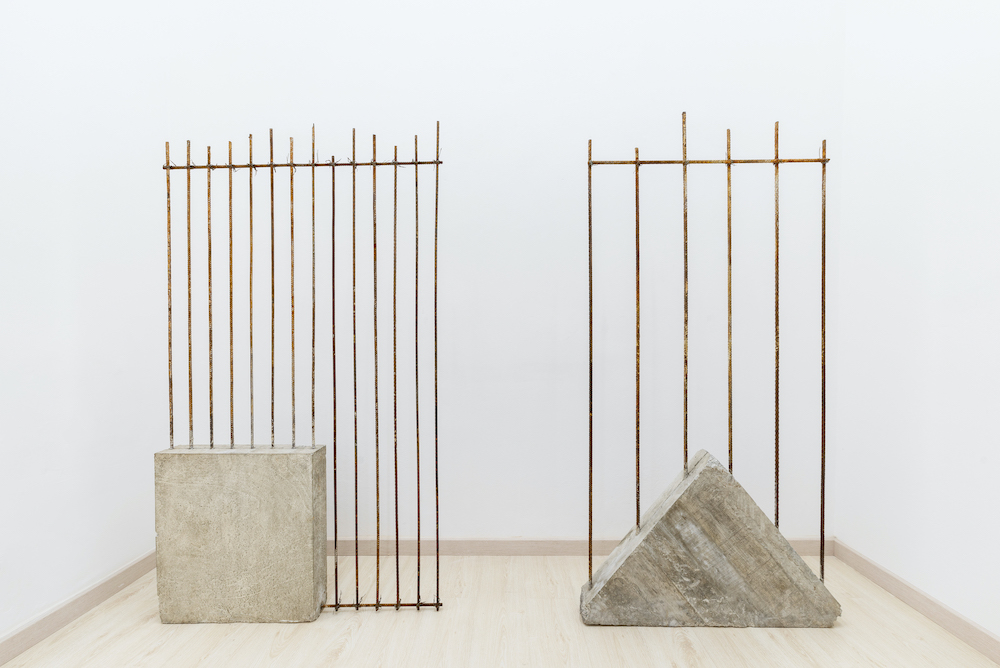
With work that spans painting, sculpture and photography, would you say there are themes or ways of approaching art that unifies your practice?
I love to work like different artists at the same time. I enjoy experimentation and the freedom of reflection. Each exhibition I do is always a new challenge for me and it must be understood like a new artwork, whether it is concentrated in the same theme or a completely different one.
Sujeto Omitido runs at Galleria Continua, Via del Castello 11, San Gimignano until 6th January 2020




